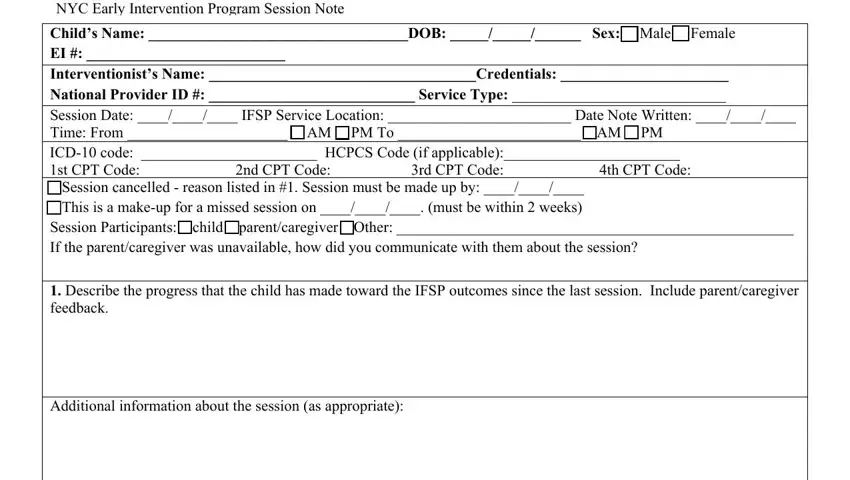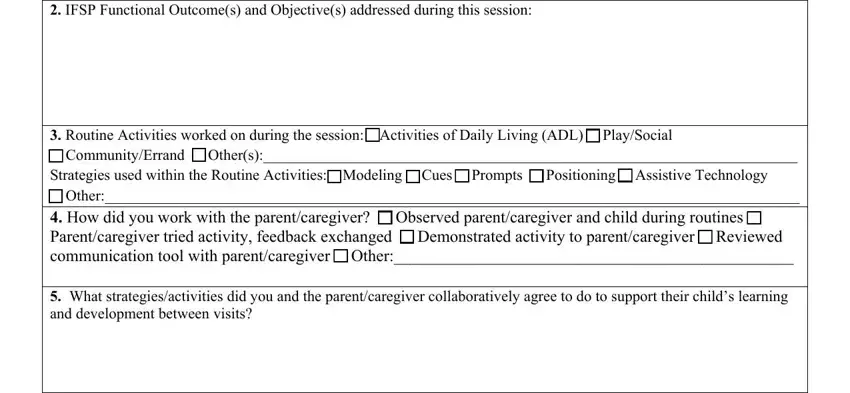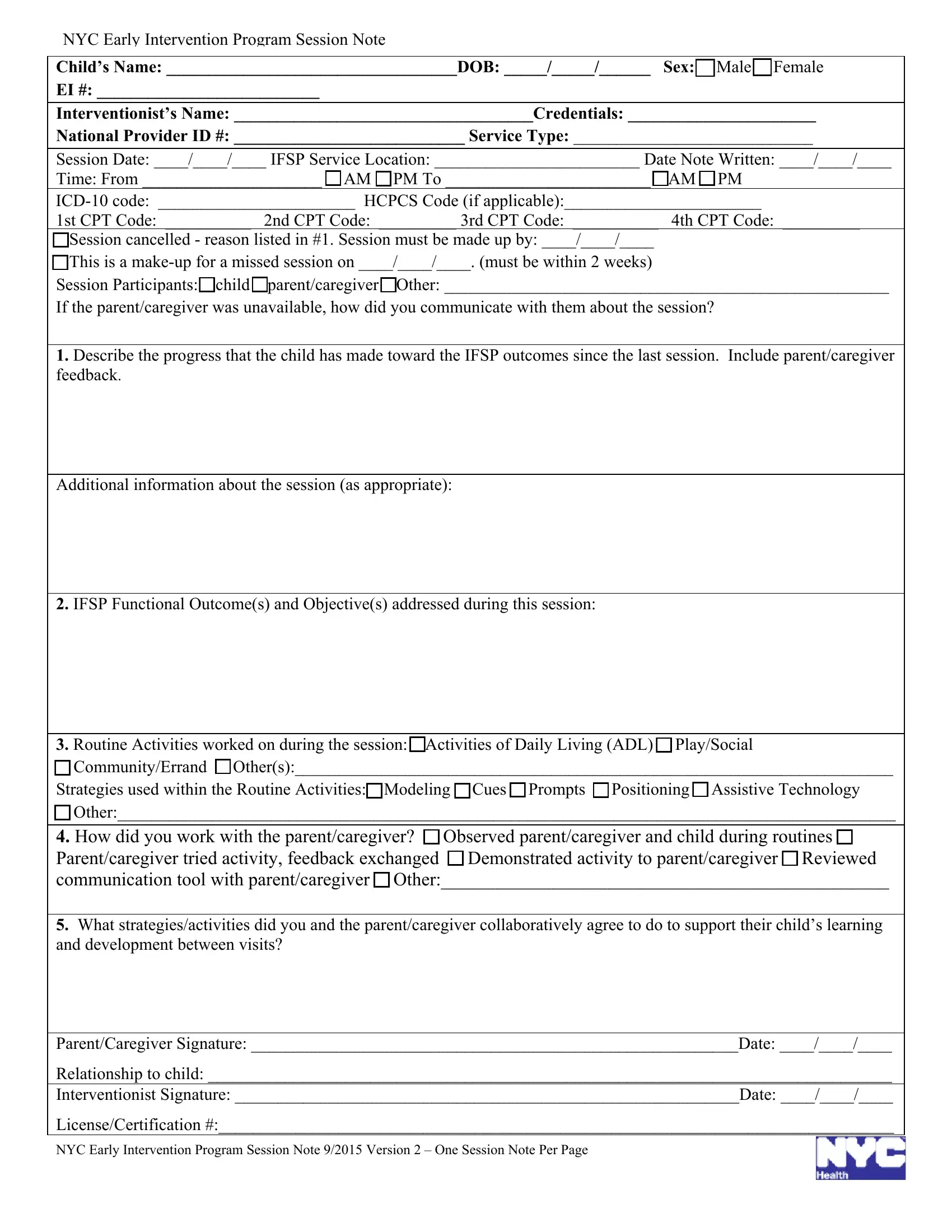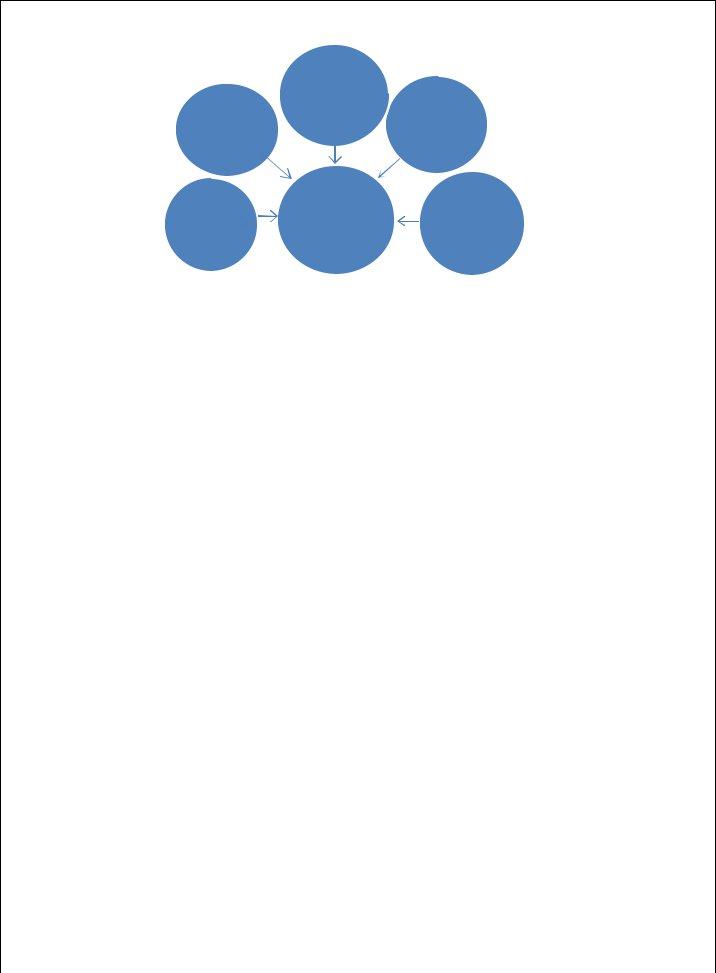When working in the online tool for PDF editing by FormsPal, it is possible to fill in or edit progress report early intervention right here. Our development team is always working to expand the editor and help it become even better for people with its many features. Make the most of the current innovative possibilities, and discover a myriad of new experiences! To get started on your journey, go through these easy steps:
Step 1: Simply click the "Get Form Button" in the top section of this webpage to launch our form editor. Here you will find everything that is needed to fill out your file.
Step 2: After you open the PDF editor, you'll notice the form all set to be filled in. Other than filling in different blanks, you could also perform other sorts of things with the Document, namely adding your own textual content, modifying the original text, adding images, affixing your signature to the form, and much more.
So as to complete this PDF form, ensure you provide the right details in every single field:
1. Fill out your progress report early intervention with a number of necessary blanks. Consider all of the important information and make sure not a single thing omitted!

2. Immediately after this array of blanks is filled out, proceed to enter the applicable information in these: IFSP Functional Outcomes and, Routine Activities worked on, and What strategiesactivities did you.

3. In this specific stage, check out ParentCaregiver Signature Date, Relationship to child, and LicenseCertification NYC Early. Each one of these have to be taken care of with greatest accuracy.

4. Filling out Communication with the family and, Visit, and NYC Early Intervention Session is paramount in this next section - make sure you take the time and fill out each blank!

It is possible to make errors when filling in the NYC Early Intervention Session, thus be sure you go through it again before you decide to finalize the form.
Step 3: Prior to moving on, ensure that form fields have been filled in the correct way. Once you believe it is all good, click on “Done." Create a free trial option with us and acquire immediate access to progress report early intervention - which you can then work with as you want from your personal cabinet. FormsPal is invested in the personal privacy of all our users; we always make sure that all information coming through our system remains protected.





